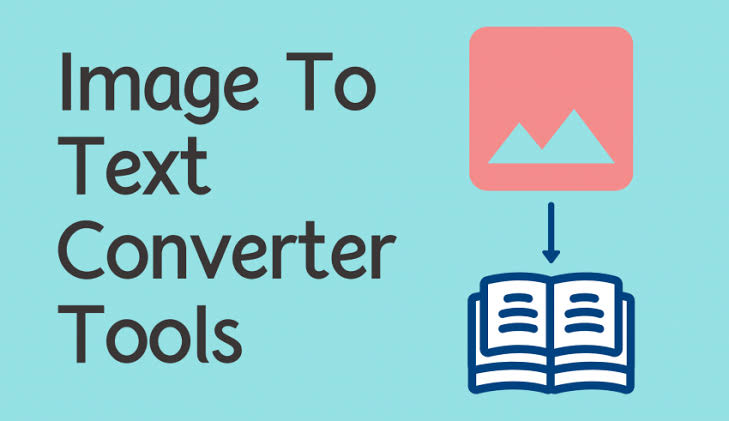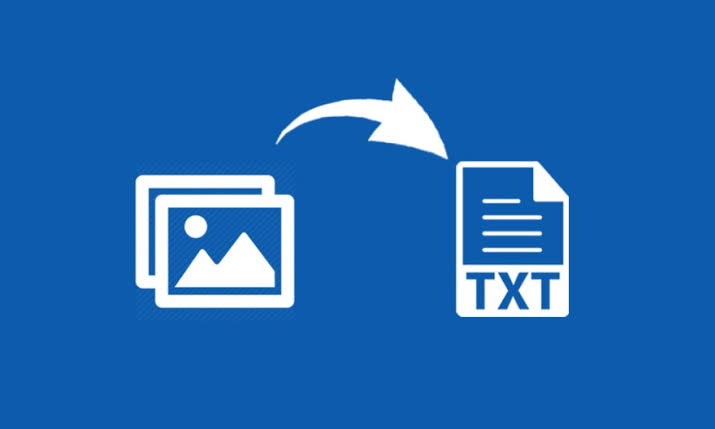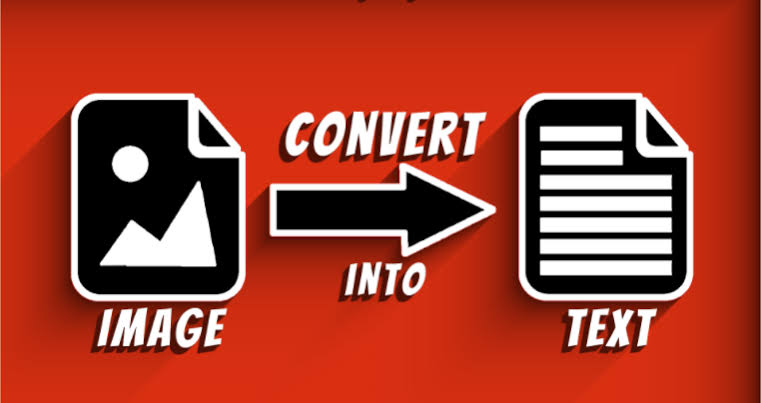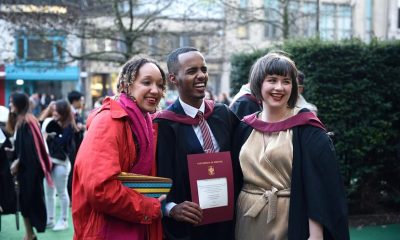Websites
How A Picture To Text Converter Works And Its Benefits

We often come across images that contain valuable information. But what if we need to extract the text from an image? This is where a picture to text converter comes into play. In this article, we will b looking into how a picture to text converter works and its benefits. So, let’s get started!
What Is A Picture to Text Converter?

A picture to text converter, also known as Optical Character Recognition (OCR) technology, is a remarkable innovation that transforms printed or handwritten text from images into editable and searchable text. This advanced technology harnesses the power of artificial intelligence to analyze the pixels of an image and identify the characters within it.
The OCR algorithm then converts these characters into machine-readable text, enabling users to edit, copy, and search the extracted content.
READ MORE: How to Hide Followers on Instagram (2023 Trick)
Process Of Converting An Image
The process of converting an image to text involves several stages. Let’s break it down into simple steps:
1. Image Acquisition: The first step is to acquire the image that contains the desired text. This can be done by using a digital camera, scanning a physical document, or even taking a snapshot with a mobile phone.
2. Pre-processing: Once the image is obtained, pre-processing techniques are applied to enhance the quality of the image. This may involve operations such as noise removal, contrast adjustment, and image resizing, to ensure optimal results during the text extraction phase.
3. Text Extraction: The OCR algorithm analyzes the image and identifies the individual characters. It recognizes patterns, shapes, and features to decipher the text present in the image. This process is performed using various machine learning and computer vision techniques.
4. Character Recognition: After identifying the characters, the OCR system maps them to their corresponding textual representation. It assigns a specific Unicode or ASCII code to each character, allowing the conversion of the image into editable text.
5. Post-processing: Once the characters are recognized, post-processing techniques are applied to refine the extracted text. This may involve spell-checking, punctuation correction, and formatting adjustments to ensure accurate and readable output.
6. Output Generation: Finally, the converted text is generated as the output. This text can be saved in various formats such as plain text, Word documents, PDFs, or any other desired file format.

Benefits of Picture to Text Converter
1. Time Efficiency: A picture to text converter saves valuable time by eliminating the need for manual data entry. Instead of retyping information from an image, the converter swiftly extracts the text, enabling users to focus on other essential tasks.
2. Improved Accessibility: OCR technology enhances accessibility for individuals with visual impairments or learning disabilities. By converting text from images into readable formats, it opens up a world of information to those who rely on screen readers or other assistive technologies.
3. Enhanced Searchability: Converting images to searchable text allows for efficient information retrieval. By extracting the text, the converter enables users to search for specific keywords, making it easier to locate and organize content within documents.
4. Editability and Reusability: Once the text is extracted, it can be easily edited and modified as needed. This feature proves invaluable when working with scanned documents or images containing text that requires updates or corrections. Moreover, the converted text can be copied and pasted into other applications, enabling seamless integration into various workflows.
5. Streamlined Document Management: Picture to text conversion simplifies document management processes. It eliminates the need for physical storage of printed documents, as the digital copies can be easily stored, organized, and accessed on computers or cloud-based platforms. This reduces clutter, increases efficiency, and promotes a more eco-friendly approach.
6. Multilingual Support: Picture to text converters are designed to recognize and extract text from images in multiple languages. This capability facilitates the handling of diverse content, regardless of the language it is written in. It promotes global communication and enables users to work with documents in their preferred language, breaking down language barriers.
7. Data Extraction and Analysis: Picture to text converters can extract structured data from images, such as tables, forms, or invoices, and convert them into editable formats. This feature proves invaluable for businesses dealing with large amounts of data entry, as it automates the process and reduces errors. Extracted data can also be further analyzed, enabling businesses to gain insights, make informed decisions, and streamline operations.

8. Mobile Convenience: With the rise of smartphones, picture to text converters have become increasingly accessible on mobile devices. Mobile apps equipped with OCR technology allow users to capture images on the go and instantly convert them into editable text. This is particularly useful for capturing information from business cards, receipts, or any other documents while on the move.
9. Legal and Compliance Requirements: Picture to text converters play a crucial role in legal and compliance fields. By converting printed documents into editable text, they facilitate the indexing, retrieval, and analysis of legal documents. This not only saves time and effort but also ensures compliance with regulations regarding document storage, retention, and data privacy.
10. Education and Research: Picture to text converters have significant implications in the education and research sectors. They simplify the process of digitizing printed materials, such as textbooks, research papers, and historical documents. This enables easy sharing, collaboration, and preservation of knowledge, ultimately advancing the field of education and facilitating academic research.
Frequently Asked Questions
1. How accurate is a picture to text converter?
The accuracy of a picture to text converter depends on various factors, including the quality of the image, the clarity of the text, and the sophistication of the OCR technology used. In general, modern OCR systems can achieve high accuracy rates, often exceeding 90%.
However, it’s important to note that certain factors such as handwritten text, complex fonts, or degraded image quality may impact the accuracy to some extent.
2. Can a picture to text converter handle different languages?
Yes, most picture to text converters are designed to handle multiple languages. They incorporate language recognition capabilities and can accurately extract text from images containing content written in various languages. This multilingual support enables users to work with documents in their preferred language, making the converter a versatile tool for global communication.
3. What file formats can the converted text be saved in?
Picture to text converters typically offer various options for saving the converted text. Common formats include plain text (TXT), Microsoft Word (DOC or DOCX), PDF, and rich text format (RTF). The choice of format depends on the user’s requirements and the intended use of the extracted text.
4. Can a picture to text converter recognize handwritten text?
Yes, many picture to text converters are equipped with handwriting recognition capabilities. However, the accuracy of recognizing handwritten text may vary depending on factors such as handwriting legibility, consistency, and quality of the image. Neat and clearly written handwriting is generally easier for the converter to recognize accurately.
5. Are picture to text converters available for mobile devices?
Yes, picture to text converters are available as mobile apps for smartphones and tablets. These apps leverage the device’s camera to capture images and convert them into editable text on the go. Mobile versions of OCR technology have become increasingly popular and convenient, allowing users to extract text from documents, receipts, business cards, and more, directly from their mobile devices.



















